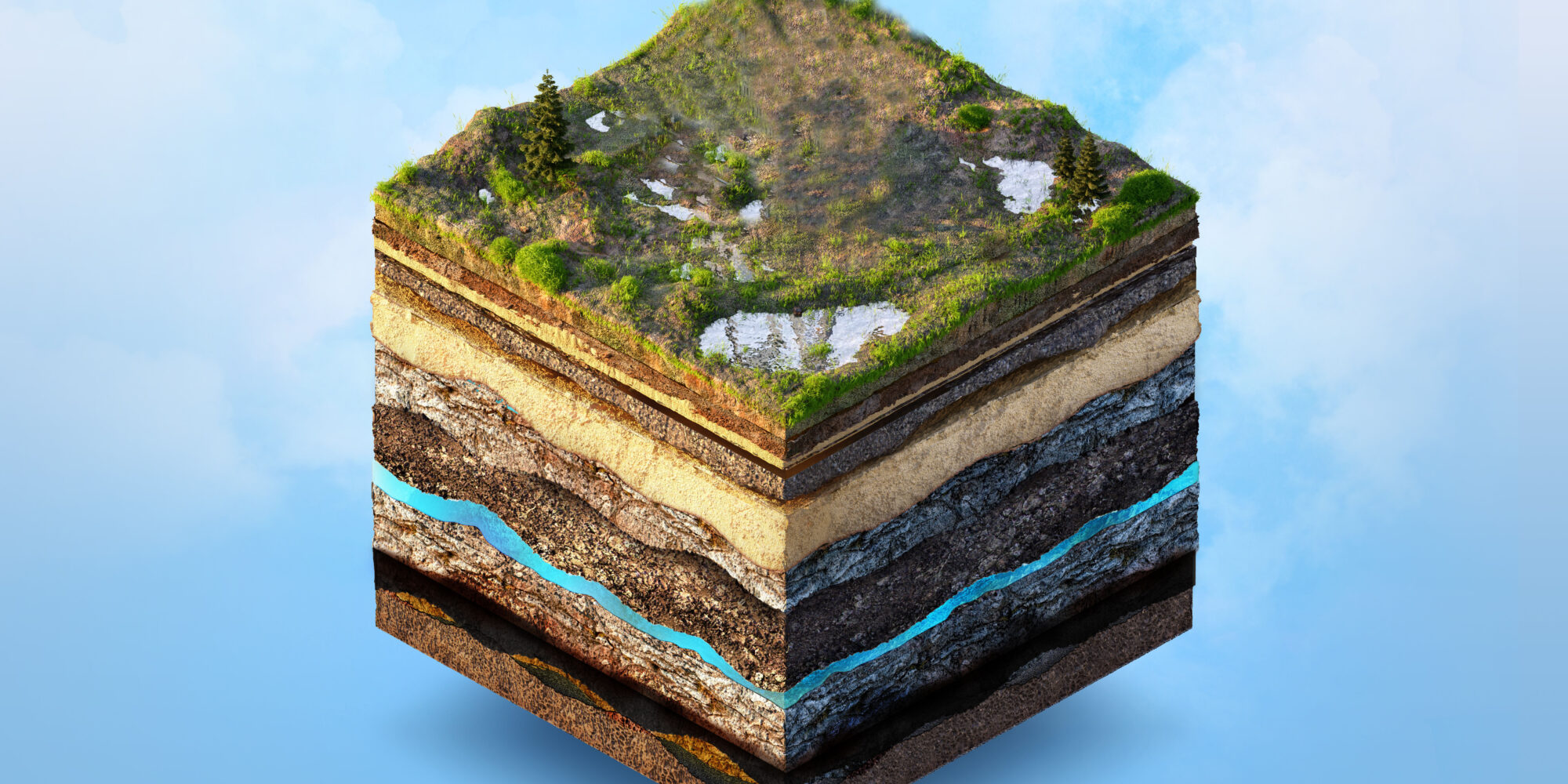Geotheta: A Comprehensive Overview to Its Function in Geotechnical Evaluations
Diving Into Geotechnical Solutions: the Vital Role of Dirt Evaluation, Earthquake Danger Assessment, and Geosynthetics in Building Lasting and Safe Structures
Dirt evaluation, quake risk assessment, and the implementation of geosynthetics are essential elements that guarantee the integrity and long life of buildings. By understanding the make-up of the soil, forecasting seismic dangers, and including cutting-edge products, engineers can mitigate threats and boost the durability of infrastructure.

Significance of Dirt Analysis
Comprehending the significance of soil analysis is vital in ensuring the architectural stability and stability of any building and construction job. Dirt analysis offers important info regarding the soil make-up, stamina, and potential dangers that might influence the structure of a framework. By performing complete soil evaluation, designers can identify the ideal foundation layout, building and construction approaches, and needed safety measures to alleviate any kind of possible hazards.
Among the primary reasons dirt analysis is crucial is its function in identifying dirt homes that can influence the security of a structure. Aspects such as soil bearing capacity, settlement attributes, and water material can considerably influence the structural efficiency of a building and construction project. Without appropriate soil evaluation, the structure might go to threat of settling unevenly, causing architectural damage and even collapse over time.
Moreover, soil analysis assists in evaluating the threat of all-natural calamities such as landslides, quakes, or floodings. By comprehending the soil's actions under various problems, engineers can apply ideal steps to improve the strength of the structure and ensure the security of residents. geotheta. Finally, soil evaluation is a basic action in the building and construction process that should never ever be overlooked
Assessing Quake Threats
Given the crucial role of dirt analysis in identifying structural stability, it is imperative to likewise evaluate earthquake risks when preparation and constructing structures and framework. Quake threat analysis entails assessing the possible seismic risks that a website may face based on its place and geological qualities. This procedure assists engineers and programmers recognize the degree of danger postured by quakes and aids in developing structures that can endure such occasions.
Evaluating earthquake dangers usually includes researching historic seismic task in the region, figuring out the website's proximity to fault lines, and assessing the soil make-up to anticipate how the ground will react to seismic waves. By carrying out a detailed earthquake risk evaluation, engineers can carry out ideal reduction actions, such as integrating seismic-resistant layout attributes right into structures, to boost their strength versus quakes.

Function of Geosynthetics
Geosynthetics play an essential duty in enhancing the efficiency and longevity of civil design structures. One essential element of geosynthetics is their reinforcement capacity, where they can boost the strength of soils, offering boosted assistance for roadways, embankments, and preserving walls.
They are likewise utilized in drainage applications to assist in the efficient circulation of water, avoiding saturation and disintegration of soil. In enhancement to their technical features, geosynthetics are valued for their sustainability, as they can reduce the need for all-natural resources and lower building prices.
Building Sustainable Frameworks
The application of ecologically aware techniques in building is essential for fostering the development of lasting structures. Building lasting frameworks entails utilizing materials and layout methods that lessen ecological impact, lower energy consumption, and promote lasting resilience. Integrating sustainable practices such as utilizing recycled products, enhancing energy efficiency, and applying eco-friendly structure qualifications like LEED can significantly enhance the environmental performance of a structure.
One key facet of structure sustainable structures is the effective usage of sources. This includes developing structures that optimize all-natural light, air flow, and insulation to minimize the dependence on synthetic lights, heating, and cooling down systems. Furthermore, integrating renewable resource resources such as solar panels or wind turbines can additionally reduce the carbon impact of a building while likewise potentially reducing long-lasting directory energy costs.
Additionally, sustainable structures typically focus on water preservation by including functions like rain harvesting systems, low-flow components, and drought-resistant landscape design. By adopting these ecologically pleasant techniques, building projects can not just lower their ecological impact however additionally add to developing healthier and extra durable developed atmospheres for future generations.
Ensuring Security in Construction
In the realm of sustainable building practices, a basic top priority is making certain the security of all workers included in the structure procedure. Security in building encompasses various aspects, including making use of correct individual protective devices (PPE), adherence to safety and security methods, regular training on threat recognition read what he said and reduction, and the implementation of emergency action plans. Construction sites are inherently high-risk atmospheres, with potential hazards ranging from drops and falling objects to architectural collapses and electric mishaps (geotheta). It is vital for building companies to prioritize security steps to stop mishaps and injuries.

Conclusion
To conclude, dirt Visit This Link evaluation, earthquake danger analysis, and making use of geosynthetics play essential functions in making certain the sustainability and safety of structures. By recognizing the residential or commercial properties of soil, examining quake risks, and utilizing geosynthetics for reinforcement, designers can construct structures that are both resistant and durable. It is crucial for building specialists to focus on these geotechnical solutions to develop sustainable and risk-free structures for the future.
Dirt evaluation, quake danger evaluation, and the execution of geosynthetics are essential parts that make certain the honesty and long life of structures. Dirt evaluation gives crucial details concerning the dirt make-up, toughness, and prospective dangers that may affect the foundation of a structure.One of the key factors dirt evaluation is important is its function in identifying soil residential or commercial properties that could impact the security of a structure.In final thought, soil analysis, quake danger evaluation, and the use of geosynthetics play crucial duties in making sure the sustainability and security of structures. By understanding the properties of dirt, examining earthquake threats, and using geosynthetics for reinforcement, designers can develop structures that are both durable and resilient.